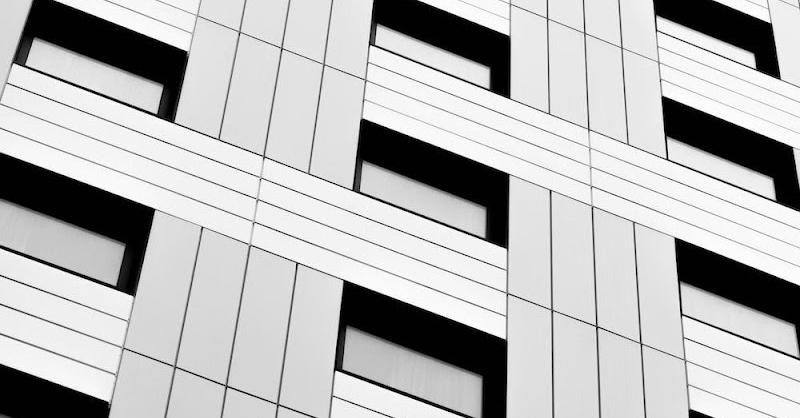3D construction printing (3DCP) is a booming sector. Even at its growing phase, the potential is amazing. Intricate designs can be constructed efficiently with fewer material wastes, time, and fewer construction miscalculations. This overall plunges the project cost significantly. The construction process is quicker than the conventional method. In a day, the printer can lay the foundation of a small residential house at a more economical rate than that of the traditional method. The state-of-the-art construction technology has the potential to sea change the industry and can resolve the growing issue of homelessness. 3d printed house is more accessible to the masses.
Preparation
It seems unfeasible by any stretch of the imagination to create a structure by printer, but 3D printing technology has achieved this unimaginable feat. Here is a detailed description of how the technology functions. As the first step of constructing a building in the conventional method, a layout is designed by an architect. The design of the project is drawn through a modeling software program that can be easily tailor-made to suit the specifications of the homeowner. Once the design is customized and approved, it is programmed in the 3D printer. This phase is called preparation. Once the data is digitalized in the printer, the next step is to build the plinth and assemble the building material for the execution of the proposed project.
4:2:1
Before the construction process begins, rails are laid out along the site so the robotic arm can traverse to lay the building material. In 3D construction printing, the most commonly used material is a concrete mix. The ideal blend ratio for all sorts of concrete for different building projects is 4:2:1. Implying four parts of crushed stone, two parts of sand, and one part of cement mixed with water. Once the nozzles are activated by the robotic arm, the printer will autonomously spray the concrete mix to build the construction.
Additive manufacturing
An additive manufacturing method is used in 3DCP to install materials layer by layer. In the extrusion process, the most prevailing technology used in 3D construction, the concrete blend is heated and pressurized out through the nozzle or nozzles. Before the next layer is put, a concrete dryer solidifies the installed layer. The above-described process can be utilized for foundation and wall construction. To complete the project, human labor is necessary. After the foundation and wall structure job, the rails from the site are detached, and the construction process begins for additional home features. Another construction process, such as plumbing, electrical wiring, and installation of doors, windows, and flooring, starts to complete the project.
Material expenditure reduced by 6.1 to 19.1%
3D printing in construction amplifies the speed and precision of the structure, reducing material waste and labor costs and hazards to human workers. The fundamentals of 3D printing are an interpretation of the present prefabricated technology. High-quality and performance building materials are required for the extrusion of well-designed structures. If high-strength, lightweight fiber-oriented concrete mixed is used in 3DCP material, expenditure for wall structure is reduced by 6.1 to 19.1%, machine hours are abridged by 29.6 to 37.4%, and space utilization is increased by 11.54%. The overall technical and cost efficacy of using 3D printing and high-quality material for standard foundation and wall construction is estimated to be 30.8 to 50.4%.

